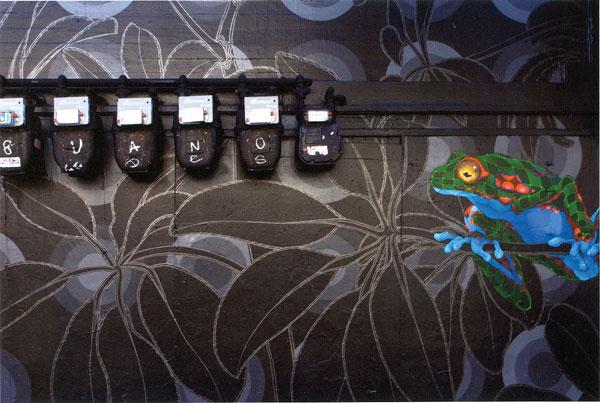Picture This
Sort By: Post Date TitlePublish Date
|
Aug 20, 2013 |
First Published: Jul 01, 2013 |
|
Nov 06, 2012 |
First Published: Oct 01, 2012 |
|
Oct 08, 2012 |
First Published: Sep 01, 2012 |
|
Jun 05, 2012 |
First Published: May 01, 2012 |
















